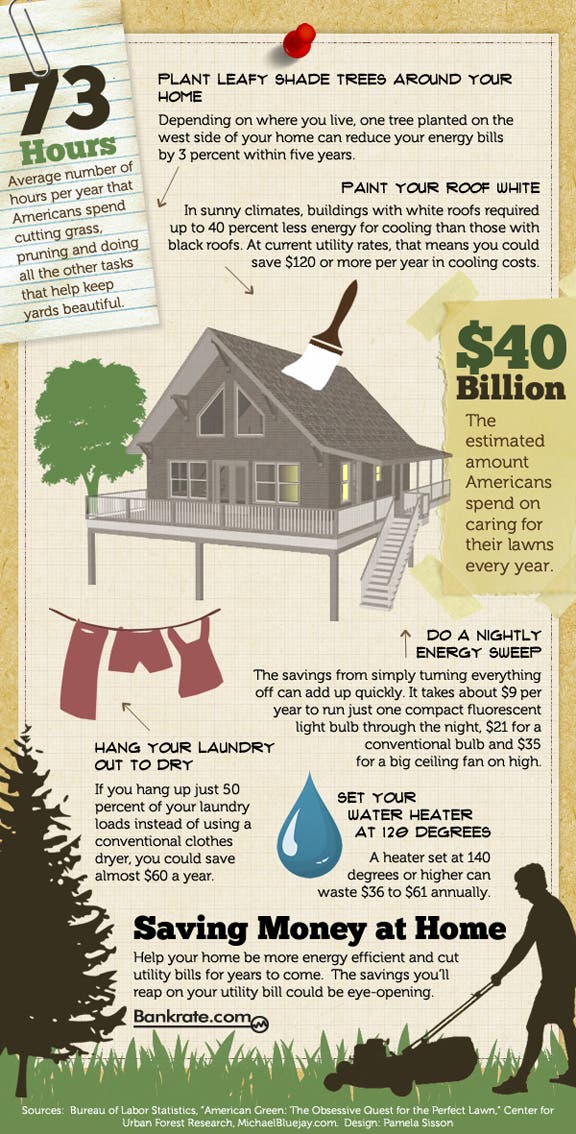Seasonal Tree Treatment: Just How To Handle Trees Prior To And After Removal
Seasonal Tree Treatment: Just How To Handle Trees Prior To And After Removal
Blog Article
Material By-
When it concerns seasonal tree care, ensuring correct administration prior to and after removal can dramatically influence the health and visual appeals of your landscape. By understanding the required actions associated with assessing tree wellness and planning for removal, you can proactively protect your residential or commercial property. Yet what about click this over here now to follow as soon as the tree is gone? Keep tuned to discover the vital post-removal treatment measures that will help you grow a successful and lasting atmosphere for your trees.
Pre-Removal Tree Treatment
Before resolving the elimination of a tree, it's critical to focus on pre-removal tree treatment. Begin by evaluating the tree's wellness and structural integrity. Try to find indicators of condition, parasite problems, or any type of architectural problems that may present a safety and security hazard during elimination. It's vital to speak with a qualified arborist to determine the most effective course of action.
Pruning dead or diseased branches can avoid further damage to the tree and guarantee a smoother elimination process.
Additionally, take into consideration the ecological effect of removing the tree. Trees play an important duty in our community, so planting a new tree in a suitable area can aid offset any kind of loss. Make certain that you have the needed authorizations and approvals for tree elimination, specifically if the tree is safeguarded by local guidelines.
Seasonal Maintenance Tips
Examining your tree's requirements throughout the year is vital for its wellness and longevity. To keep your trees in leading condition, adhere to these seasonal upkeep tips.
In spring, concentrate on pruning to remove dead or damaged branches and motivate brand-new growth.
Summer requires normal watering, specifically throughout droughts, to ensure your tree stays hydrated.
As autumn approaches, watch out for very early indicators of disease or tension, and think about applying compost to protect the roots during wintertime.
In winter, beware when getting rid of snow from branches to avoid breakage, and continue to check your tree's total wellness.
Remember to change your care regular based on the particular needs of your tree varieties and regional environment. By staying attentive and proactive throughout the seasons, you can aid your trees flourish and thrive for several years to find.
Post-Removal Tree Care
To make certain the health and wellness of your landscape also after tree elimination, proper post-removal treatment is vital. After a tree is eliminated, it's vital to fill up the staying opening with topsoil and small it to avoid settling. This will certainly assist maintain the stability of the ground and avoid possible hazards in the future.
Take into arborist chainsaw growing brand-new plant life instead of the removed tree to restore the equilibrium and looks of your landscape. Frequently water the location to promote the development of brand-new plants and stop dirt erosion.
Evaluate the bordering trees for any type of indicators of condition or tension that may have been caused by the eliminated tree. Keep an eye out for bugs that might've been drawn in to the previous tree and take preventive measures to shield the remaining vegetation.
If needed, speak with an expert arborist to evaluate the effect of the removal on the surrounding trees and determine any type of added treatment needed. By complying with these post-removal care steps, you can guarantee the ongoing health and appeal of your landscape.
Final thought
In conclusion, positive seasonal tree care is vital for preserving the health and balance of your landscape. By evaluating tree wellness, trimming, and speaking with an arborist before elimination, you can guarantee a secure process. After removal, loading the hole, growing new plants, and regular watering will promote brand-new growth and avoid erosion. Remember to check surrounding trees for disease and seek more treatment steps from an arborist to keep your landscape growing.
